A mummified head housed in Switzerland for more than a century is rewriting what experts thought they knew about its origins. For many years, the remains—consisting of a preserved face, cranium, jaw, and part of the neck—were believed to be the skull of an Inca man. Now, they have been thoroughly re-studied, and the findings tell a completely different story.

The sample, individual labeled Y-001, is not Inca but rather most likely belonged to the Aymara people, an Indigenous group of the Bolivian Highlands. The scientists, led by researchers from the Cantonal Museum of Archaeology and History in Lausanne, Switzerland, employed noninvasive methods, including CT scanning and historical research, to reconstruct both the individual’s life and the path by which his remains entered the museum’s collection. Their findings were published in the International Journal of Osteoarchaeology.
The man passed away at least 350 years ago and had undergone cranial modification in childhood, a cultural practice in which an infant’s head was tightly bound for many years to create an elongated, conical shape. His skull also exhibits the marks of an attempted trepanation, a surgical procedure in which holes are cut into the cranium. In this case, the cut never penetrated the inner layers of the bone, which suggests it might have been ritual or symbolic rather than medical. The examination also revealed that he had a dental abscess in his upper jaw, which further contributes to the picture of his health in life.
Equally important is how the remains came to be in Europe. Records show that Swiss collector Louis Kuffré acquired the head in Bolivia in the late 19th century, during a period when removing Indigenous remains and artifacts to ship back to European institutions was common practice. The head was formally donated to the Museum of Lausanne in 1914. A note attached to the specimen declared it to be Inca, yet the cranial features, along with the region where it was found, actually point toward Aymara origin. Researchers believe the head was likely taken from a chullpa, a Bolivian Highlands stone funerary tower, where bodies would often naturally mummify due to the cold, dry environment.

The study goes beyond anthropology, addressing the ethical and historical context of such collections. Over the past decade, museums around the world have been reconsidering human remains obtained in colonial or exploitative expeditions. By tracing provenance and applying modern science, researchers aim to restore identity and cultural heritage for individuals once reduced to anonymous specimens.
The mummified head is currently stored in a climate-controlled facility and is not on public display. The museum has received no formal repatriation requests, although its staff say that discussion is welcome. For the researchers, the project is part of a larger mission: rehumanizing the remains and respecting the lives they represent.



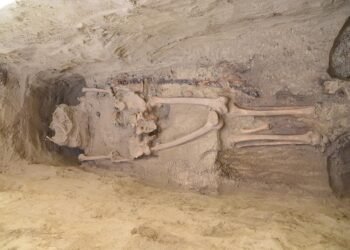
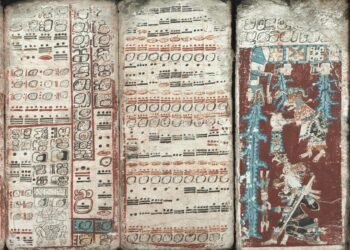
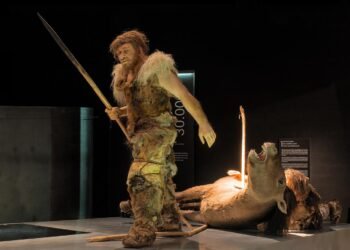

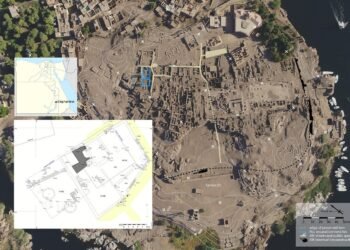
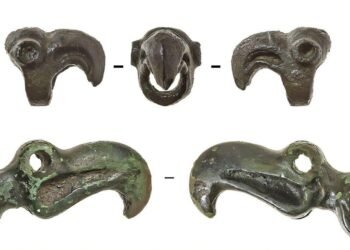














This seems to be Paracascultur.
There are studies done that remove the common thought of artificial cranial deformation in favor of actual genetic diversity. Also I have photographed fetuses with such a “deformation”. Another thought is, when visiting Peru, specifically Paracas, you can see many trepanated skulls of individuals that lived through the process and started to heal back bone. How do you know this isn’t the case?